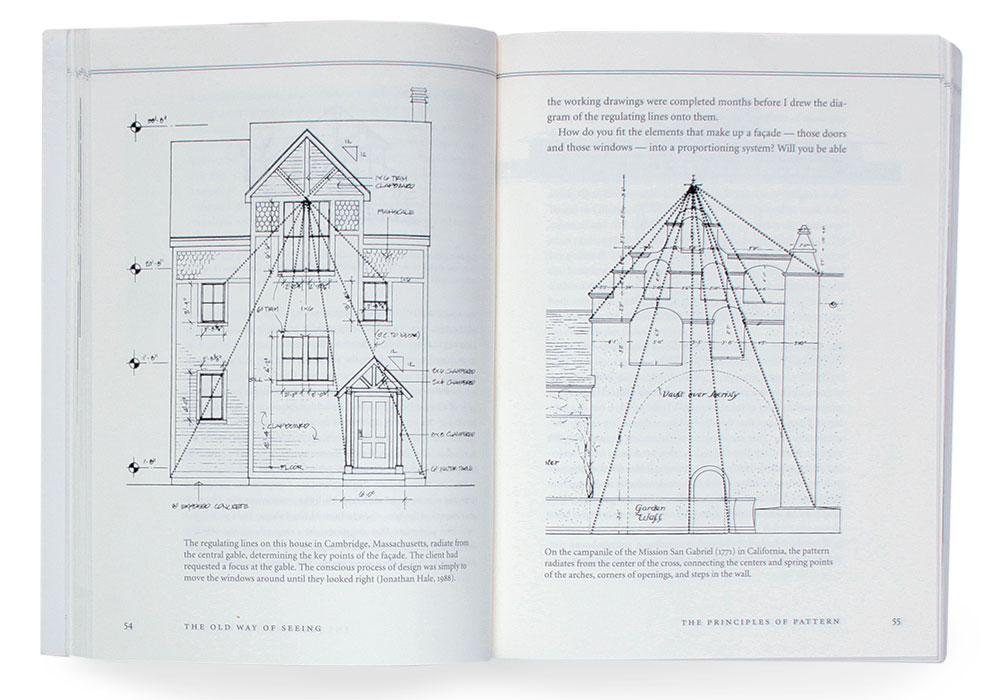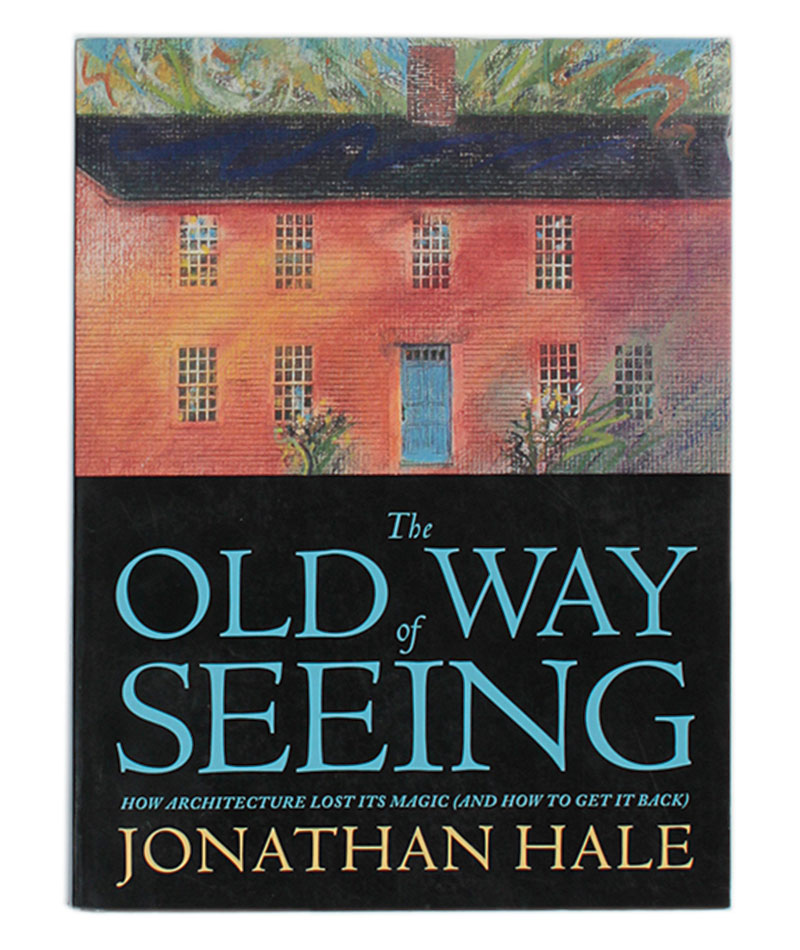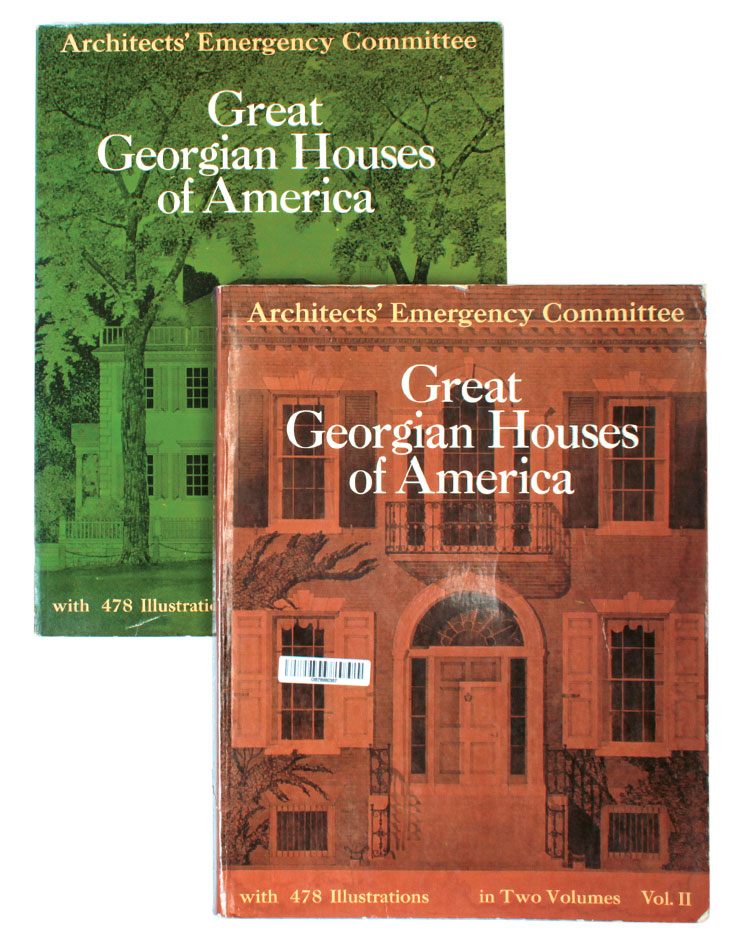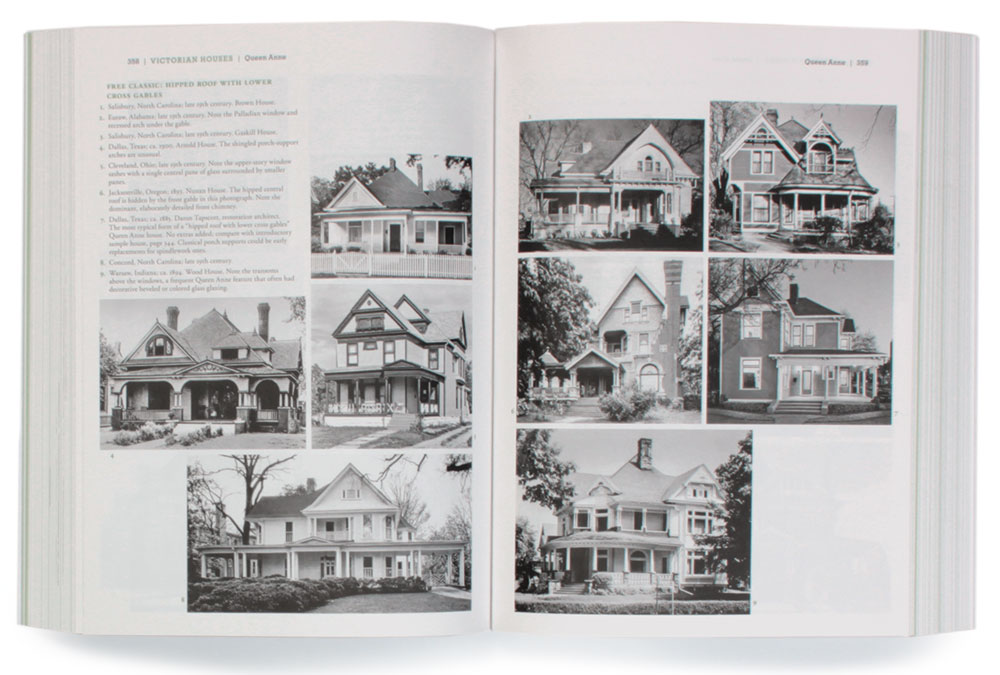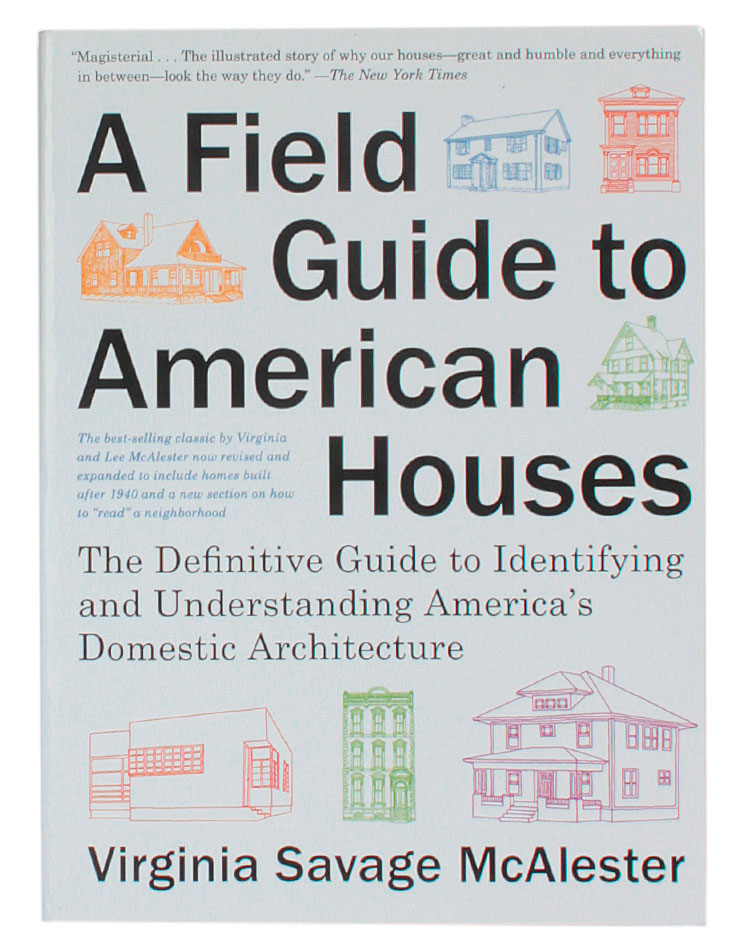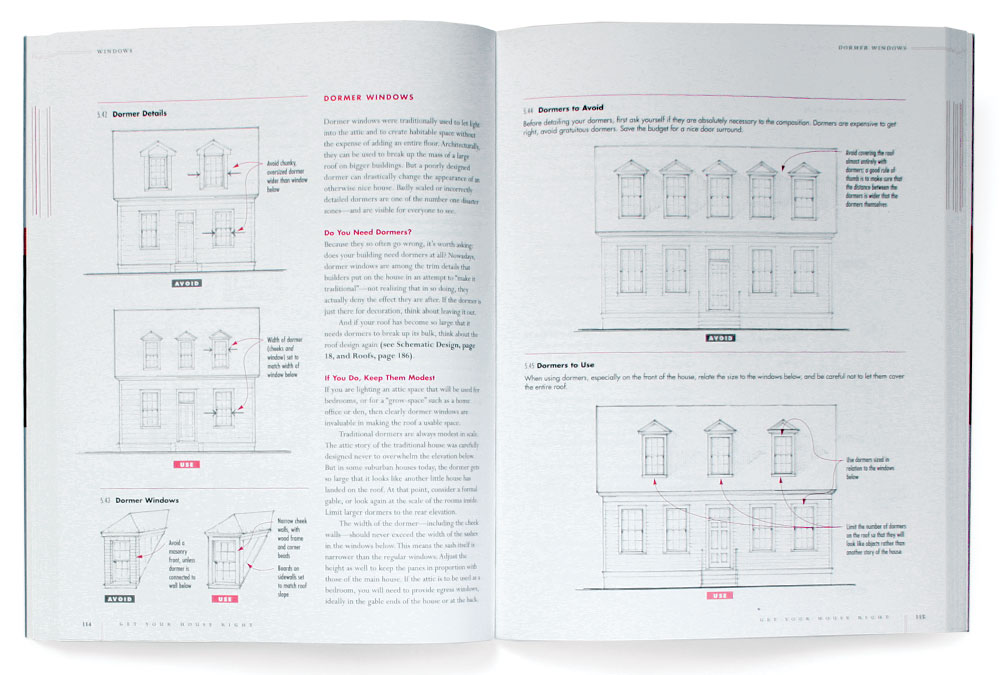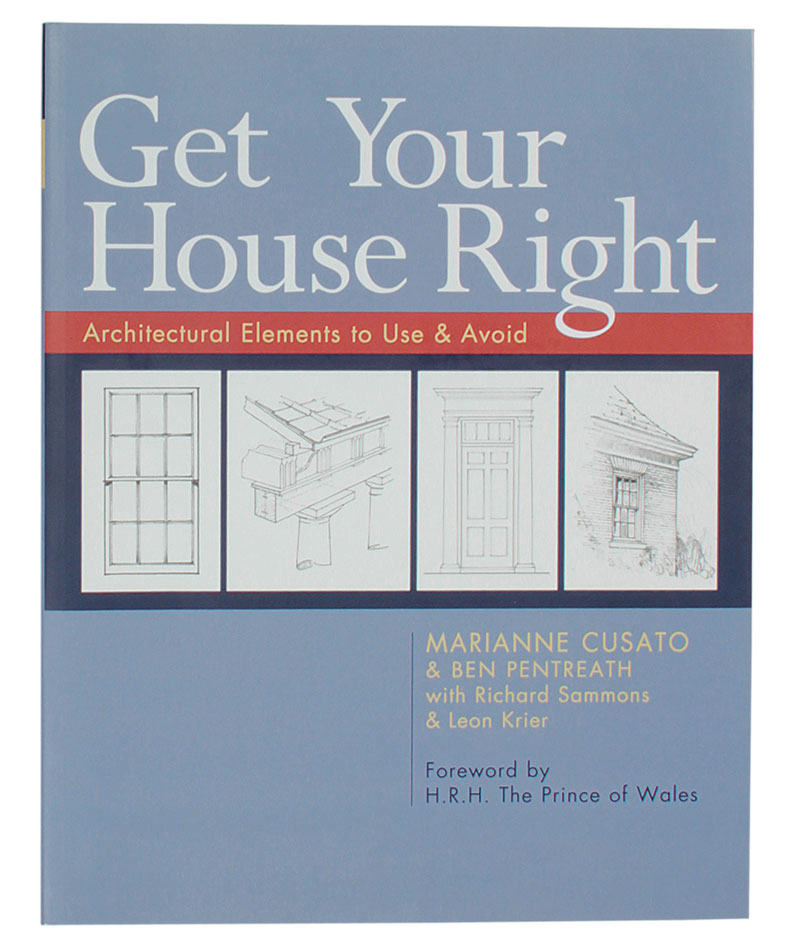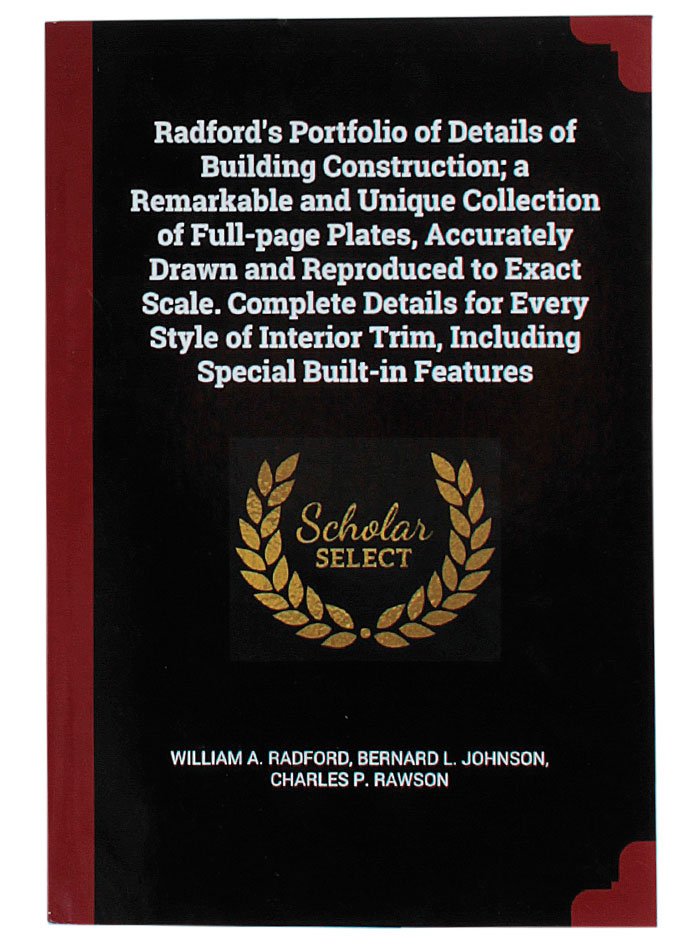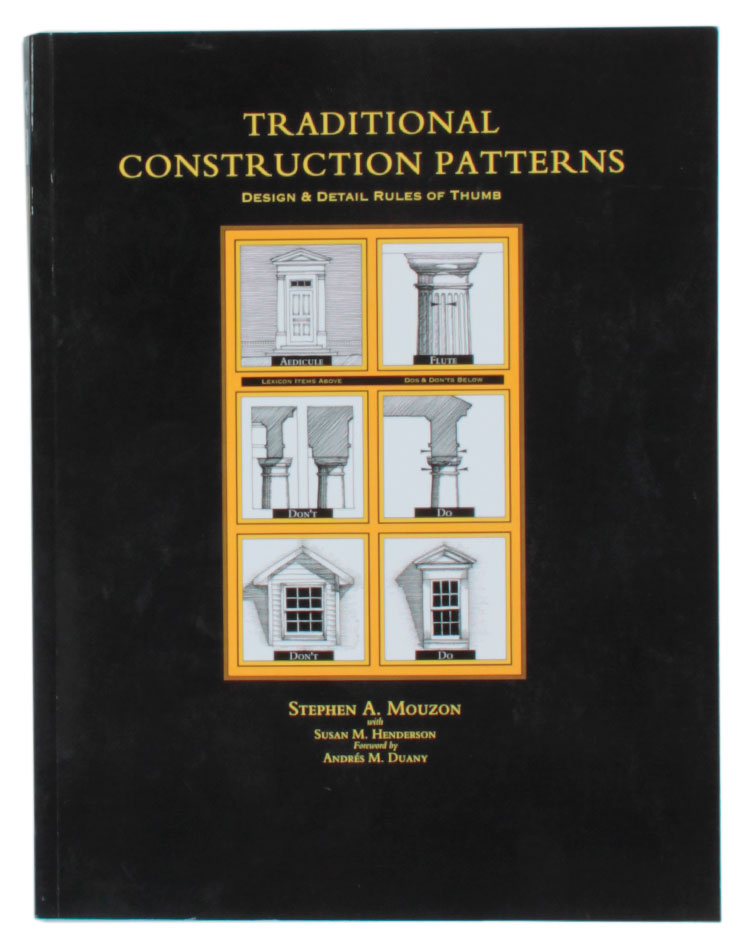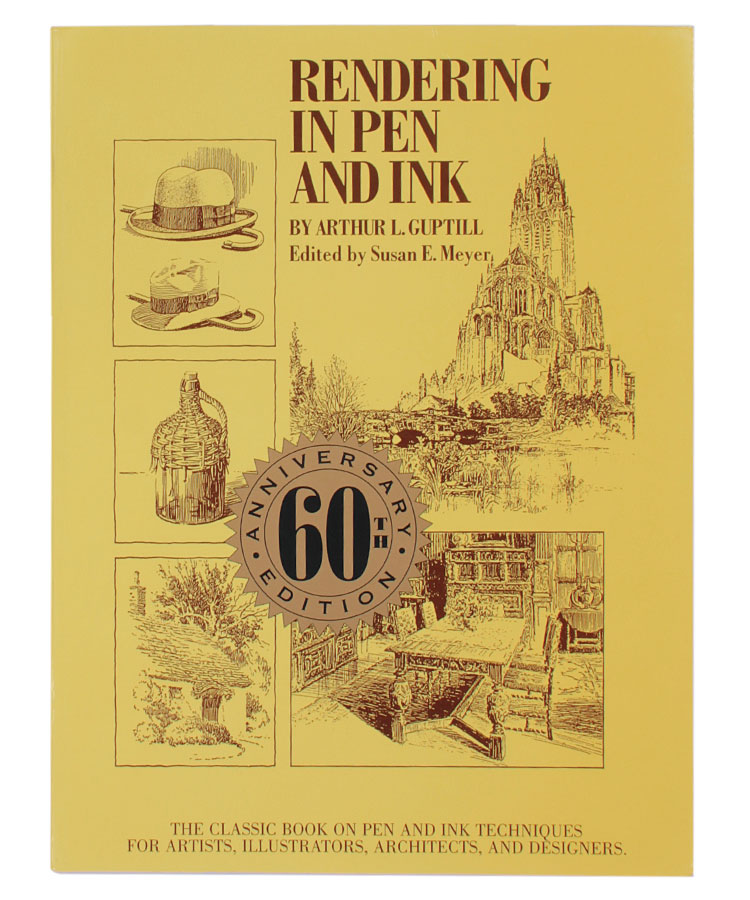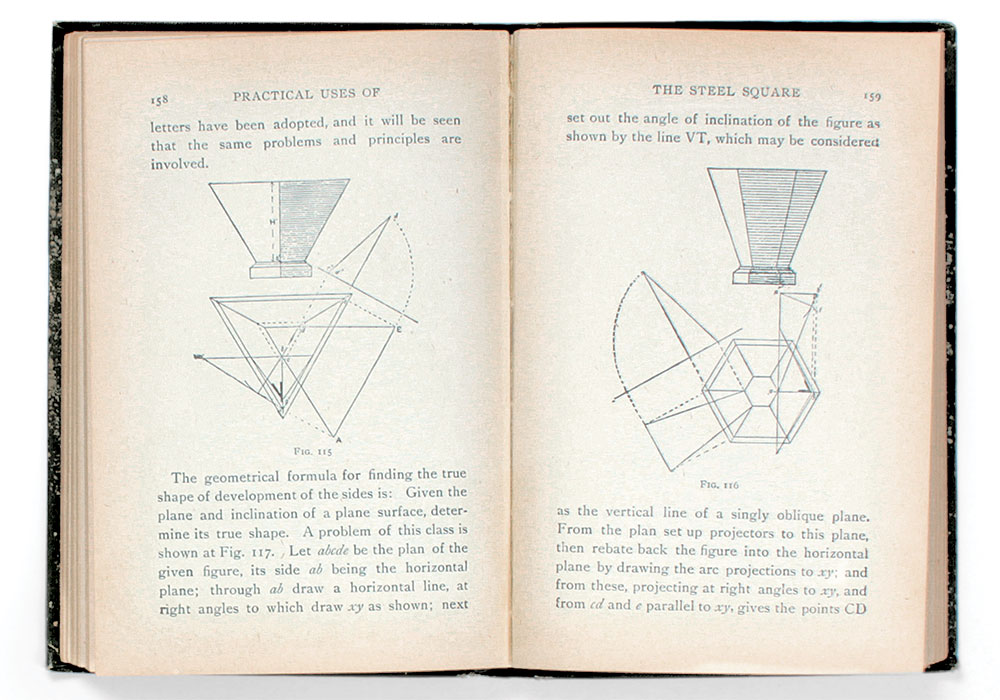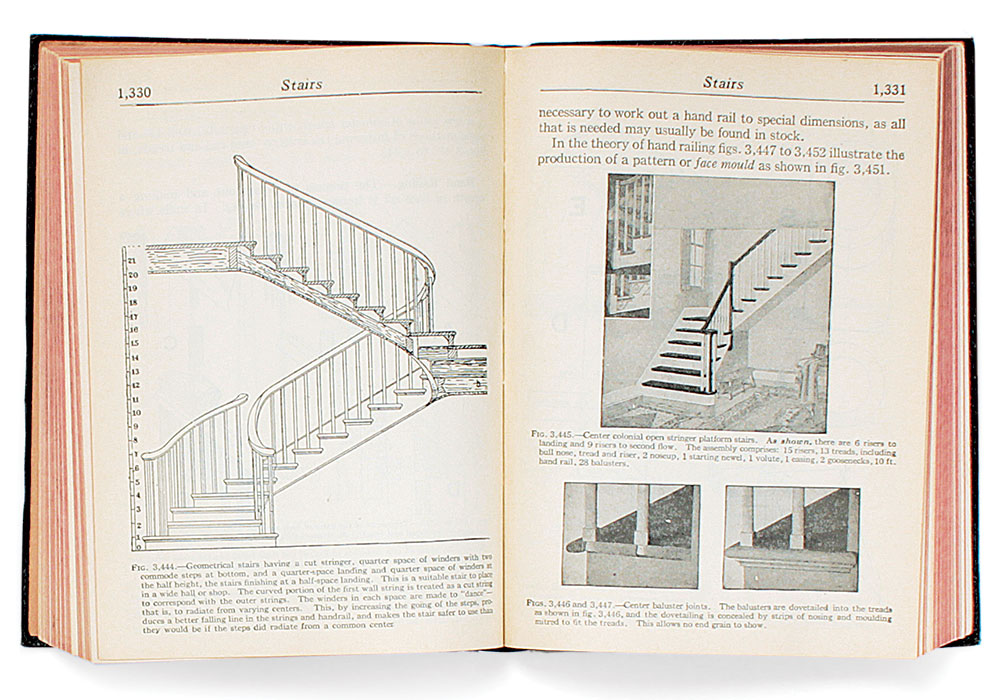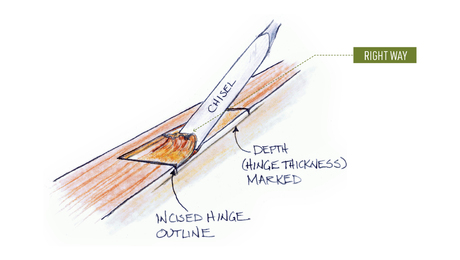Books Every Builder Should Own
This essential reading list by carpenter and historic-preservation expert Brent Hull covers history, how-to, design, and more.
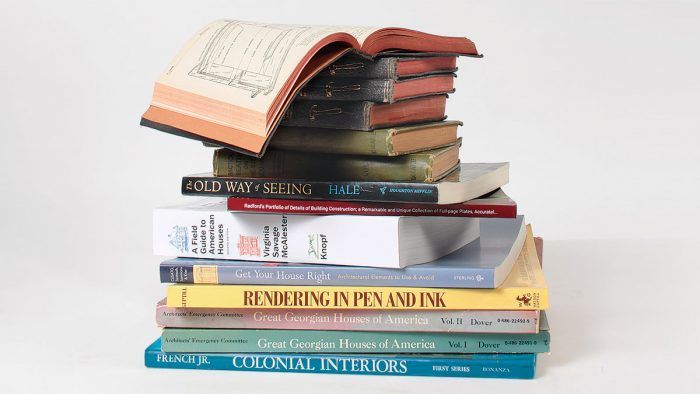
Synopsis: Old-house expert Brent Hull has an extensive library of books about building and design. He believes every builder should have a collection of at least 100 books—with a focus on house design and building styles, because today many builders have become too separate from the architectural field and lack a broader understanding of building design that will better inform their work. He includes a list of titles categorized into historical architecture, building styles, architectural details, and how-to, with additional books to consider beyond those on the list.
If you trace the word “architect” back to its mid-16th-century roots, its meaning is literally “chief builder.” Back then, and for hundreds of years after, a builder was not just expected to be skilled at the manual aspects of the craft, but also knowledgeable in the design side of the process. That’s why Asher Benjamin, a master builder and author who lived from 1773 until 1845, is one of my heroes. To me, he was the model for what a craftsman should strive for today. He is known for being the first American-born pattern-book author, whose works teach craftsmen the finer points of building design.
Today, many builders are more specialized in their work compared to those generalists of the past, and architects have become solely focused on design. It doesn’t have to be like this. With a bit of self-motivated studying, we can gain a broader education and better understand all of the moving parts that influence what we produce on a day-to-day basis.
Builders have the how-to down pat, but don’t know why they are building what they are building. We know how to frame a house, but aren’t as good with which style is appropriate, or how to keep that style consistent. What we have lost is a deeper awareness of the subtleties of building style, house design, and construction methods, all of which make the difference between a good project and one that is truly excellent.
I believe, like Benjamin, that the lost arts of building are found in books—many of them old ones. I think every builder worth his or her salt should have a library of at least 100 books, and to help, I’ve put together this list. Many of the titles that follow are out of print and can only be purchased from secondhand sellers; a quick search will show some of them available for viewing online. You can choose the titles that most interest you, but what follows is organized into a guided curriculum of sorts.
The journey starts with a basic understanding of how housing has changed over the last 100-plus years. From there, dig deeper into the variety of architectural styles by studying historic examples, because how else can builders be confident they aren’t just muddying the waters? Next, I suggest studying historical construction details, which inform remodeling and reproduction work as well as new construction. Of course, there’s always good reason to expand on how-to skills—I’d wager that the previous generation of carpenters forgot more building knowledge than most of today’s carpenters even bothered to learn in the first place.
If you buy products through the affiliate links in this article, Fine Homebuilding may earn a small commission.
A History of How We Got Here
If you’ve ever driven through a historic neighborhood and wondered why new neighborhoods don’t look as charming, you’ve identified the problem with new-home design: It’s no longer cohesive. I think this started with the post-WWII boom of production building, and much of that legacy lives on today. But there’s a renewed interest in old-fashioned neighborhoods lately, thanks in part to New Urbanism, and history can be a great teacher to help us along.
The Old Way of Seeing
By Jonathan Hale
This was a very important book to me when I read it 15 years ago. I had been studying historic houses, but didn’t understand the concept of regulating lines in architecture. Hale compares historic buildings to modern structures to pinpoint exactly why old houses look and feel better than new houses, and what we can do to bring the “magic” back to today’s designs.
Suburban Nation
By Andres Duany, Elizabeth Plater-Zyberk, and Jeff Speck
This book describes how our neighborhoods have changed since the 1950s—for the worse. It details old neighborhoods from the 1920s, with a focus on how they effectively combined houses, schools, and shops into cohesive communities. By contrast, new cities are split up by quadrants: housing in gated communities, industrial complexes, schools, and shopping malls. They require a car to go from place to place, meaning more parking lots and wider roads, which leads to uglier developments. The book’s focus on how our neighborhoods work, and why they are designed the way they are, is enlightening.
Houses From Books
By Daniel D. Reiff
I’ve mentioned the pattern books and design treatises that historically led house design and construction, many of them written by Asher Benjamin. Reiff’s comprehensive book includes these titles, giving a history of design publications in America from 1738 to 1950, with a focus on how they influenced our design landscape. He chronicles not only the historic titles, but also how trade magazines and others treated house design at different tumultuous periods in history.
Analyses of Architectural Styles
When it comes to education surrounding design, the journey starts with a basic understanding of overarching house styles and how to differentiate one from another. While one of the titles on this list has a more modern focus (by comparison), the rest of this category includes older books about houses from the late 1890s into the late 1930s, which I find to be the time period with the greatest depth of resource material.
Colonial Interiors
By Leigh French Jr.
Many architectural books from the early 1920s highlight the exterior of a home, but it’s important not to overlook the interiors, which pinpoint features such as the differences between a Georgian-style and a Federal-style stair. This three-volume set is, in my opinion, the best resource for studying these period interiors. The first volume is focused on colonial and early Federal work dealing mostly with New England properties, the second covers more of the southern states, and the third focuses on Federal and Greek-revival architecture. With all three books in hand, you can analyze room layout, fireplace mantels, and other aspects of historical interiors.
Great Georgian Houses of America
By Architects’ Emergency Committee
You can’t go wrong with this two-volume set written during the 1930s as part of the Architects’ Emergency Relief Fund that put architects to work detailing and studying significant historic American homes. The books highlight individual homes—homes that should influence your work—and dig into the architectural details of each. For instance, the collection includes the Hammond-Harwood house in Annapolis, Maryland, which was built by William Buckland and praised by Thomas Jefferson as having most beautiful entry in America.
A Field Guide to American Houses
By Virginia Savage McAlester
In order to work on and repair old houses, you need to understand their key components—otherwise you might take out or ruin the wrong thing. This detailed guide to house styles and their key differences is a great book to start your library. The first edition, published in 1984, was one of my textbooks when I was a student at North Bennet Street School studying preservation carpentry. A second, expanded (and much-improved) edition with a section on neighborhoods was released in 2013. I recommend it to all of my employees as an indispensable tool for understanding the makeup of house styles in America.
White Pine Series of Architectural Monographs
Edited by Russell F. Whitehead
This series started as an advertising supplement for the White Pine Bureau, meant to promote early American buildings constructed from white pine, and is a detailed collection and study of period houses and buildings. The series launched in 1914 and continued into the 1930s, and can now be bought as individual copies or bound collections, or viewed on the Northeastern Lumber Manufacturers Association (NELMA) website.
Others to Consider
From here, consider other books in this genre that focus on a certain region, such as Early Architecture of Western Pennsylvania by Charles Morse Stotz and Early Connecticut Architecture by John Frederick Kelly. I also recommend specialty-focus books, which provide deeper dives into more specific architectural topics. An excellent example is Early American Doorways by I.T. Frary. It provides a comprehensive study of historic doorways and how they were put together.
I always like looking at historic-house plan books, especially those from 1900 to 1930. Dover publications has reprinted dozens, and I think one of the best is The Books of a Thousand Homes, edited by distinguished architect Henry Atterbury Smith. This book (listed as volume I, though it appears a second was never released) might be hard to find, but is worth keeping an eye out for in used bookshops and online resellers. It’s a charming collection of house plans and ideas, each starting with a floor plan and a picture of the home. A variety of house styles are included, all with appropriate scale and inspiring charm. Though the floor plans may not work today, the exterior details do.
Details in Danger of Being Forgotten
To build on the foundation of architectural design and style books, a craftsman must also study construction details. It’s important to keep up with modern practices, but there are also building methods from 100 years ago that we have completely forgotten, and that are still useful today. In fact, some of my company’s best building details are ideas we have found in these historic books.
Get Your House Right
By Marianne Cusato
This is a newer book compared to others on this list, but it belongs here because Cusato references traditional and historical building patterns that were once common knowledge. From start to finish, this book lays out proper details for the exterior of a home and offers explanation for why these traditional elements work. In the spirit of Mouzon’s book (below), Cusato shows hundreds of examples of what to do and what to avoid, making it easy to learn from side-by-side comparisons of good and not-so-good design details. This book is second to none when it comes to explaining classical elements in plain and clear terms— from the orders of architecture to styles of windows and doors to details for brick arches and keystones.
Radford’s Portfolio of Details of Building Construction
By William A. Radford
Although most of Radford’s publications are worth a look, Details of Building Construction (published in 1911) and Architectural Details for Every Type of Building (which followed in 1925) are two of my favorites. In both books, there are a slew of important house elements and interesting methods for building. One detail—the shelf stays shown in his cabinet construction—we borrowed for a job and then made our standard for mounting shelves in cabinets. Another priceless find is the traditional methods and details shown for building porches. If there is one area builders get wrong most often, it is porches, particularly how to place the porch beam onto a column. Radford reminds us how it all should go together with clear construction drawings and blueprints.
Traditional Construction Patterns
By Stephen A. Mouzon
I consider Mouzon to be one of today’s great thinkers in building design. Trained as a modernist architect, he learned the beauty and rationality of traditional design and has since become an influential speaker and author. I like this book because on each page he addresses a design element—eaves, stucco, dormers, chimneys, even dentil size and proportion—and uses visuals to highlight what works and what doesn’t.
Others to Consider
There are a few others to consider when rounding out this category of your collection. Building Details by Frank M. Snyder includes historic details from distinguished architecture firms from the early 20th century, such as McKim, Mead & White. This 12-part serial, released between 1904 and 1914, highlights some of the best period construction elements. Another, Traditional Details, is a collection of architectural details from the 1932 to 1951 editions of Architectural Graphic Standards written by Charles George Ramsey and Harold Reeve Sleeper. It includes hundreds of architectural illustrations and covers standards of construction from foundations to furnishings. Consider, also, Comparative Architectural Details, edited by Milton Wilford Grenfell, which is a collection of writings from Pencil Points, an architecture and design magazine first released in 1920. This is one of my favorites because it highlights “stylish” house elements such as chimneys, porches, and dormers, but also less glamorous areas such as radiator enclosures. Photos are often accompanied with detailed drawings, making this an inspirational idea book.
How-to That Still Holds Up
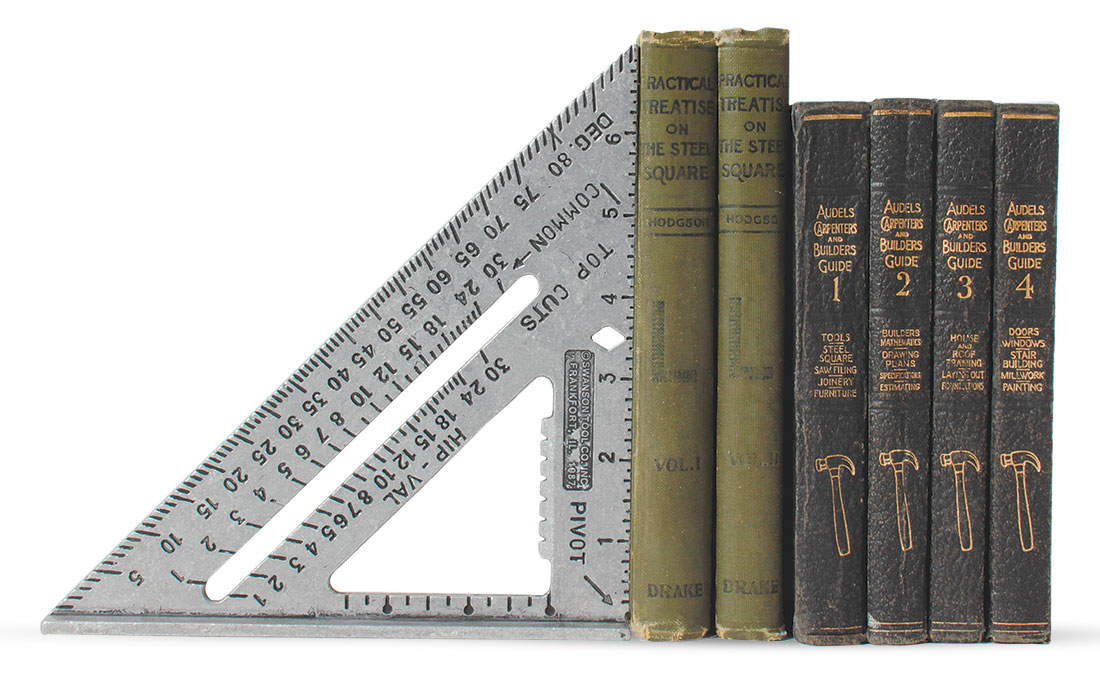
No builder’s library would be complete without a selection of books about working with wood and hand tools. Don’t make the mistake of thinking that this old-world knowledge has no relevance in today’s power-tool world. A good excavation contractor knows when it’s actually more efficient to get off the backhoe and grab a shovel, and builder’s should learn to recognize those moments in their work as well.
Rendering in Pen and Ink
By Arthur L. Guptill
This isn’t a book on design or building, but rather on drafting and drawing, because one thing every master builder should be able to do is draw—if not formally, at least to create quality sketches for clients and subcontractors. There are many good books on drawing in perspective, but this 1928 text, regarded as the most comprehensive book ever published on the subject of ink drawing, is a great starting point.
Encyclopedia of Furniture Making
By Ernest Joyce
This is a comprehensive book on furniture design and construction. The first half covers hand tools and joinery, and is perfectly adaptable to home building and trimwork. The rest of the book covers techniques and processes that we don’t often see in home construction, but that can provide great solutions for a talented craftsman or cabinetmaker. Builders should be craftsmen, and the most accomplished craftsmen I know have built furniture for themselves or clients.
A Practical Treatise on the Steel Square
by Fred T. Hodgson
This two-volume set, written in the 1870s, was a best-seller at the time and can be found reprinted by various publishers into the 1930s. The subject is geometry and basic building theory, and I think every builder or carpenter, especially framers, should own a copy. With this set, a craftsman will learn the countless tricks to using a framing square in day-today work, constructing anything from stairs to roofs and complex dormers.
Audels Carpenters and Builders Guide
By Frank D. Graham and Thomas J. Emery
This small, four-volume, must-have set is designed to be carried in a toolbox or work apron. Each book is filled with all kinds of useful information. The first book covers tools, steel squares, saw filing, joinery, and furniture. The second volume includes builder’s math, drawing plans, specifications, and estimating. The third covers house and roof framing, layout, and foundations. The fourth finishes with doors, windows, stair building, millwork, and painting. The breadth of the material gives insight into the types of things a carpenter or builder in the ’20s was expected to know and understand— hopefully, it will push you to learn the same things.
More reading material:
Code Check: The Go-to Quick Guide to Building Codes Since 1995 – The leading resource for navigating and understanding the complex, layered, and sometimes tedious rules for building safety and performance.
5 Books to Improve Your Construction Business – With topics from financial strategies to productivity to leadership, here are five books that I highly recommend reading to better your business.

From FineHomebuilding #290
To view the entire article, please click the View PDF button below.
